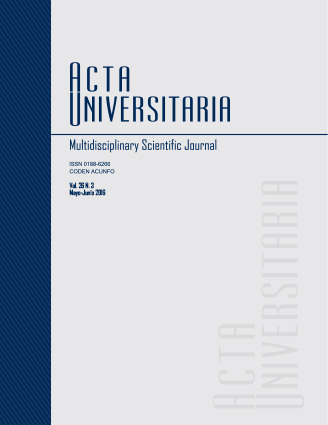Un bisel de un faro automotriz: efectos de la razón de desperdicio/material virgen en sus propiedades fisicoquímicas debido al uso de policarbonato reciclado
Publicado 2016-07-11
Palabras clave
- Polycarbonate (PC),
- recycling,
- automotive housing,
- scrap/virgin ratio.
- Policarbonato (PC),
- reciclado,
- carcasa de faro automotriz,
- relación material virgen/material reusado.
Cómo citar
Resumen
En este trabajo se prepararon biseles de automóviles de policarbonato (PC) con diferente cantidad de polímero reciclado para estimar el límite de la relación de polímero reciclado/virgen que no comprometa las propiedades del material. Las pruebas realizadas permiten establecer el límite en que las propiedades del material reciclado no comprometen el rendimiento de las piezas recicladas. Las propiedades estudiadas fueron la estructura química, distribución del peso molecular, propiedades mecánicas y superficie de las muestras. Los resultados no mostraron cambio estructural en el PC. Sin embargo, se encontraron variaciones en la distribución molecular por la adición de material reciclado; lo anterior debido a la escisión de la cadena en el grupo carbonilo de las moléculas de PC, y la formación de reticulación física como consecuencia de la degradación debido al proceso de inyección. La rigidez y propiedades superficiales aumentaron conforme el porcentaje de PC reciclado fue mayor. Así, también las propiedades del fluido y elásticas se vieron modificadas, y estos limitan las condiciones de funcionamiento y la tolerancia en su aplicación industrial. Los análisis realizados permitieron establecer que la adición a material virgen del 20% de material reciclado no afecta las propiedades fisico-químicas de las piezas, además de mantener dentro de los estándares de calidad de las pruebas cosméticas.

